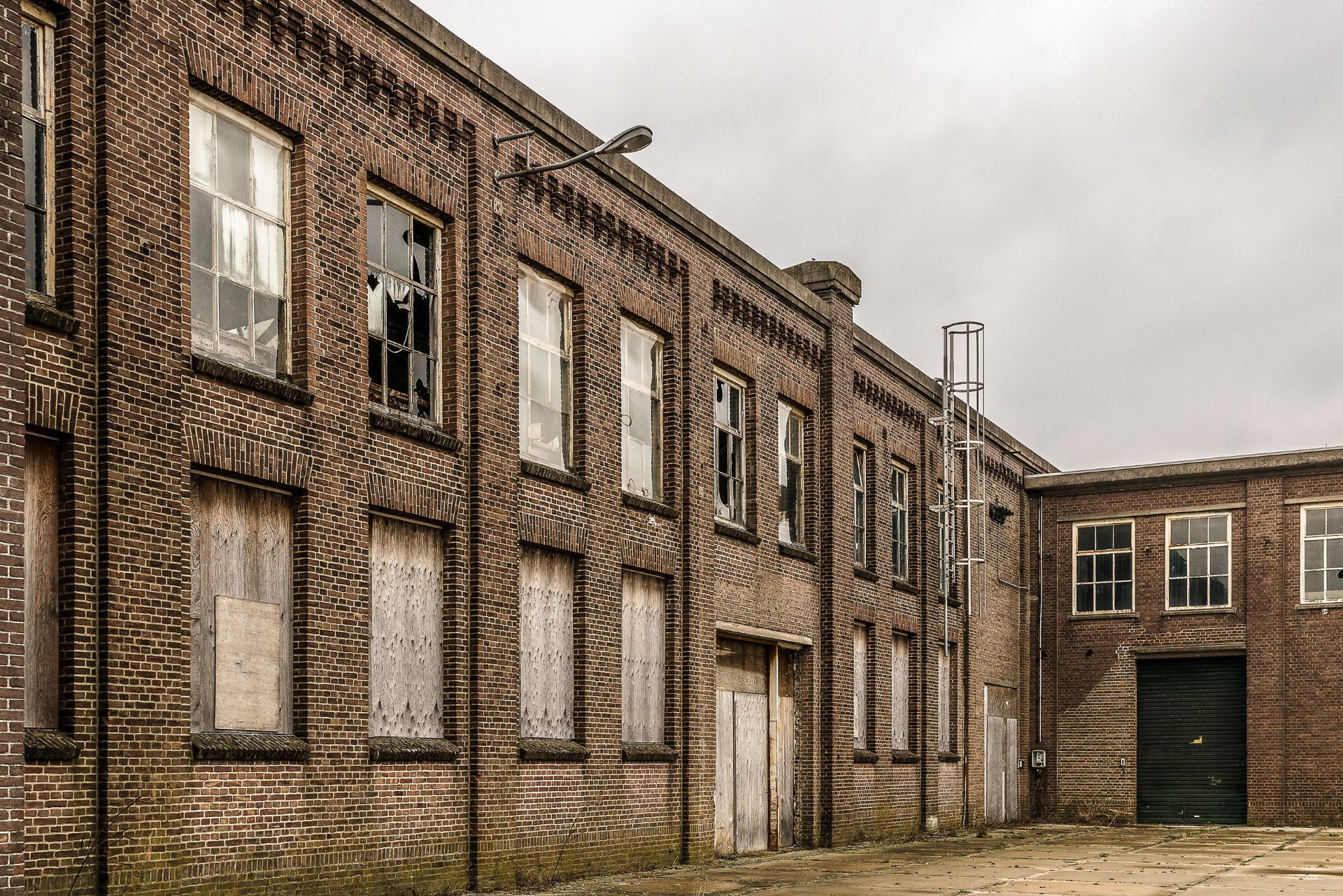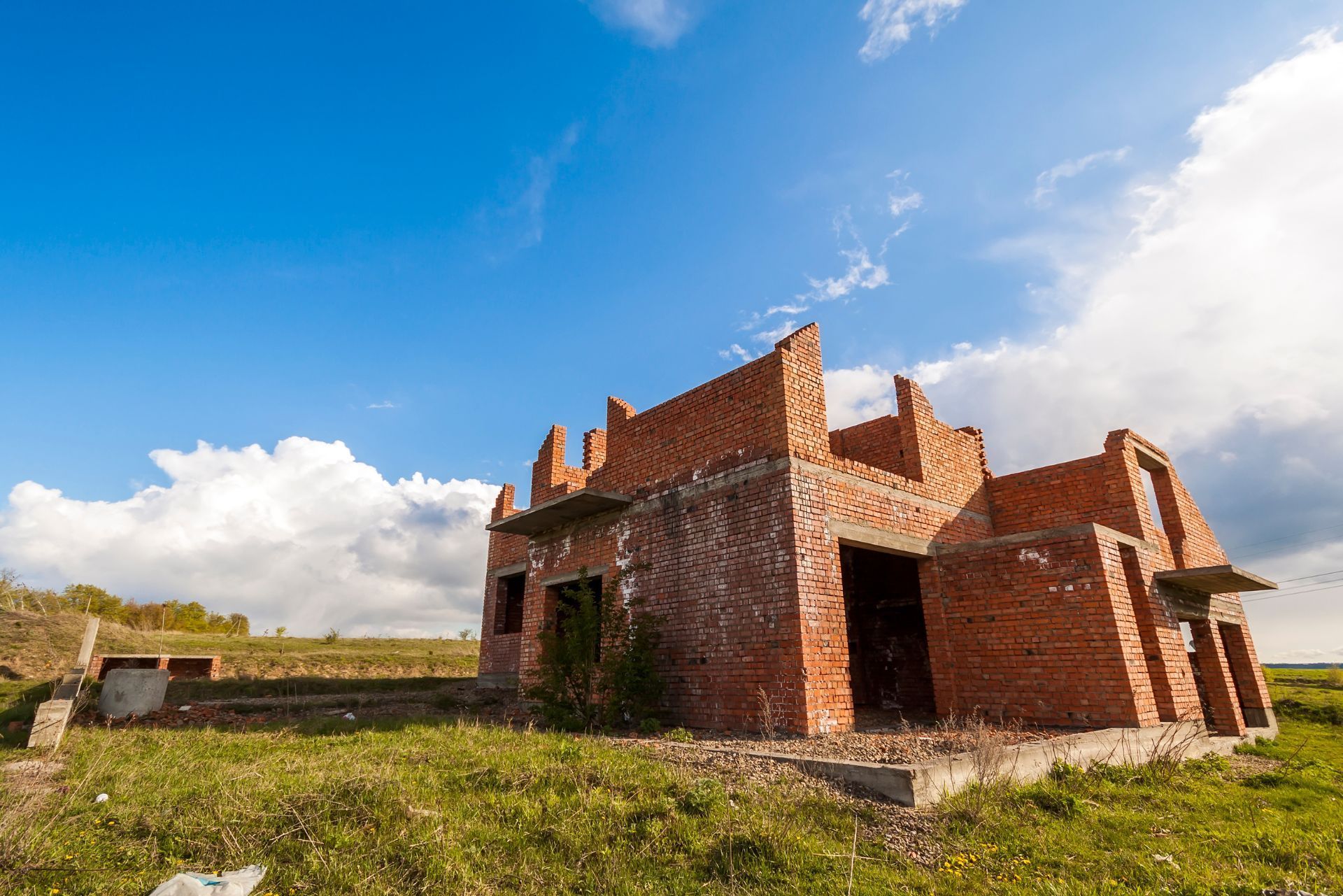Top 3 Recommended Policies

In the bustling landscape of New York, property ownership can be both a rewarding investment and a complex challenge. One of the significant concerns for property owners, especially those with vacant properties, is the risk of loss or damage. This is where vacant property insurance comes into play. Understanding its nuances can help property owners safeguard their investments effectively.
What is Vacant Property Insurance?
Vacant property insurance is a specialized type of coverage designed to protect properties that are unoccupied for an extended period. Unlike standard homeowners insurance, which typically covers properties that are lived in, vacant property insurance addresses the unique risks associated with unoccupied buildings. This type of insurance is crucial for property owners who may find themselves in situations where their properties are not currently being inhabited, ensuring they are safeguarded against unforeseen events.
Properties may become vacant for various reasons, such as renovations, awaiting sale, or even due to unforeseen circumstances like a natural disaster. Regardless of the reason, these properties are often more vulnerable to risks such as vandalism, theft, and damage from weather-related incidents. For instance, a property left empty during a harsh winter may suffer from frozen pipes, leading to significant water damage, which could have been mitigated with appropriate insurance coverage. Understanding the implications of vacancy is essential for any property owner to protect their investment effectively.
Why is Vacant Property Insurance Necessary?
Many property owners underestimate the importance of vacant property insurance, assuming that their standard policy will suffice. However, this assumption can lead to significant financial losses. Standard insurance policies often exclude coverage for vacant properties, leaving owners exposed to potential liabilities. In fact, some insurers may even void a policy if they discover that a property has been vacant for an extended period without the appropriate coverage in place. This can leave property owners in a precarious position, particularly if they face a claim during this time.
Vacant properties are at a higher risk for several reasons. For instance, without regular maintenance and occupancy, issues like plumbing leaks or roof damage can go unnoticed, leading to more extensive damage over time. Additionally, vacant properties can attract vandalism or squatters, further complicating the owner's responsibilities. The absence of regular human activity can also lead to pest infestations, which can cause structural damage and health hazards, making it even more critical for owners to consider specialized insurance. By securing vacant property insurance, owners can rest easier knowing they have financial protection against these heightened risks.
Key Features of Vacant Property Insurance
Vacant property insurance typically includes coverage for several critical areas, including but not limited to:
- Property damage due to fire, weather, or vandalism
- Liability protection in case of accidents occurring on the property
- Coverage for theft of building materials or fixtures
Each policy can vary significantly, so it is essential for property owners to review their options carefully and choose a plan that aligns with their specific needs. Some policies may even offer additional features such as coverage for loss of rental income, which can be particularly beneficial for landlords who are in the process of finding new tenants. Moreover, certain insurers may provide options for periodic inspections, which can help mitigate risks by ensuring that the property remains in good condition during its vacancy. Understanding these features can empower property owners to make informed decisions about their insurance needs.

Understanding the Risks of Vacant Properties
Vacant properties face unique challenges that can lead to various risks. Understanding these risks is crucial for property owners to make informed decisions about insurance and property management. The implications of neglecting these risks can be far-reaching, affecting not only the financial standing of the property owner but also the surrounding community.
Vandalism and Theft
One of the most significant risks associated with vacant properties is vandalism. Unoccupied buildings can attract unwanted attention, making them prime targets for vandalism and theft. Broken windows, graffiti, and stolen fixtures can lead to costly repairs and a decrease in property value. Furthermore, the presence of graffiti can signal to the community that the area is neglected, potentially leading to a decline in neighborhood morale and property values for nearby homes. To mitigate these risks, property owners might consider installing security systems, maintaining a visible presence, or even hiring property management services to monitor the property regularly.
Weather-Related Damage
New York's weather can be unpredictable, with harsh winters and heavy storms. Vacant properties are particularly susceptible to damage from snow, ice, and rain. Without regular maintenance, roofs can collapse under the weight of snow, and water damage can occur from leaks that go unnoticed. Additionally, extreme temperature fluctuations can lead to issues such as frozen pipes, which can burst and cause extensive water damage. To combat these weather-related risks, property owners should conduct seasonal inspections and ensure that the property is winterized, including draining outdoor faucets and insulating pipes to prevent freezing.
Liability Concerns
Property owners are responsible for ensuring that their properties are safe, even if they are vacant. If someone were to get injured on the property, the owner could be held liable for medical expenses and damages. This potential liability makes it crucial to have adequate insurance coverage. Moreover, maintaining the property in a safe condition can help reduce liability risks. This includes securing entrances, removing hazardous materials, and ensuring that the landscaping is well-kept to prevent accidents. Engaging with local authorities to understand regulations regarding vacant properties can also provide valuable insights into best practices for liability management.
How to Obtain Vacant Property Insurance in New York
Securing vacant property insurance involves several steps, and understanding the process can help property owners navigate it more efficiently.
Assessing Your Property's Needs
The first step in obtaining vacant property insurance is to assess the specific needs of the property. Factors such as the property's location, condition, and the length of time it will remain vacant can all influence the type of coverage required. Property owners should consider conducting a thorough inspection to identify any potential risks that may need to be addressed. For instance, properties located in areas prone to vandalism or natural disasters may require additional coverage to mitigate those risks. Additionally, understanding the local real estate market can provide insights into how vacancy might affect the property’s value and insurance needs.
Finding the Right Insurance Provider
Once the property's needs have been assessed, the next step is to find an insurance provider that specializes in vacant property insurance. It is advisable to seek out companies with experience in this niche market, as they will better understand the unique risks and requirements associated with vacant properties. A knowledgeable insurer can offer tailored advice and coverage options that align with the specific circumstances of the property.
Property owners should compare quotes from multiple providers, paying attention to coverage limits, exclusions, and premiums. Reading customer reviews and seeking recommendations can also help in selecting a reputable insurer. Furthermore, engaging with a local insurance broker who understands the New York market can be beneficial, as they can provide insights into which companies are known for their customer service and claims handling. This can make a significant difference in the overall experience of securing and maintaining the policy.
Understanding Policy Terms and Conditions
Before finalizing an insurance policy, it is crucial to understand the terms and conditions thoroughly. Property owners should look for key details such as:
- Coverage limits and deductibles
- Exclusions specific to vacant properties
- Requirements for maintaining the property during the vacancy
Taking the time to understand these details can prevent unpleasant surprises when filing a claim. Additionally, property owners should inquire about any endorsements or riders that can be added to the policy for enhanced protection. For example, some insurers offer coverage for specific risks like theft or vandalism that may not be included in a standard policy. Being proactive in discussing these options can lead to a more comprehensive insurance solution that addresses all potential vulnerabilities associated with a vacant property.
Maintaining Your Vacant Property
Even with insurance in place, maintaining a vacant property is essential. Regular upkeep can help mitigate risks and ensure that the property remains in good condition.
Regular Inspections
Conducting regular inspections is one of the most effective ways to maintain a vacant property. Property owners should check for any signs of damage or deterioration, such as leaks, pest infestations, or structural issues. Keeping a detailed log of inspections can also be beneficial when dealing with insurance claims. It’s advisable to schedule these inspections at least once a month, or more frequently in areas prone to severe weather or pest issues. During these inspections, look for signs of water damage, mold growth, or any unusual odors that could indicate a problem. Additionally, ensuring that the property is clean and free of debris can help prevent unwanted wildlife from taking up residence.
Security Measures
Implementing security measures can deter vandalism and theft. Simple steps such as installing security cameras, using motion-sensor lights, and securing doors and windows can significantly enhance the property's safety. Additionally, hiring a property management company to oversee the property can provide peace of mind. Consider joining a neighborhood watch program or collaborating with nearby property owners to keep an eye on each other’s properties. This community approach can be particularly effective in deterring criminal activity, as a visible presence of concerned neighbors can discourage potential vandals. Furthermore, regularly updating your security systems and ensuring that they are functioning properly is crucial in maintaining a secure environment.
Utilities Management
Managing utilities in a vacant property is another critical aspect of maintenance. Depending on the length of vacancy, property owners may choose to keep utilities active or shut them off. If utilities are turned off, it is essential to drain pipes to prevent freezing and bursting during colder months. Additionally, consider setting the thermostat to a minimum temperature to avoid freezing pipes, even if the utilities are partially active. In warmer months, keeping the air conditioning on a higher setting can help prevent mold growth and maintain air quality. Regularly checking the property for signs of moisture or humidity can also help in early detection of potential issues, ensuring that the property remains in optimal condition during its vacancy.
Common Misconceptions About Vacant Property Insurance
There are several misconceptions surrounding vacant property insurance that can lead to confusion among property owners. Addressing these myths can help clarify the importance of this specialized coverage.
Myth: Standard Homeowners Insurance Covers Vacant Properties
One of the most common myths is that standard homeowners insurance will cover vacant properties. In reality, most standard policies have specific exclusions for properties that are unoccupied for an extended period. This misconception can leave property owners vulnerable to significant financial losses. For instance, if a property is left vacant for more than 30 days, any damage caused by vandalism, theft, or even natural disasters may not be covered. This gap in coverage can lead to devastating consequences for owners who mistakenly believe they are protected under their existing policy.
Myth: Vacant Property Insurance is Too Expensive
While it is true that vacant property insurance can be more expensive than standard homeowners insurance, it is often a necessary investment. The cost of potential damages or liability claims can far exceed the price of a comprehensive insurance policy. Property owners should view it as a safeguard rather than an unnecessary expense. Moreover, many insurance providers offer tailored options that can help mitigate costs, such as adjusting coverage limits or opting for higher deductibles. Understanding the value of protecting an asset that may be vulnerable to risks can help owners appreciate the necessity of this coverage.
Myth: All Vacant Property Insurance Policies Are the Same
Not all vacant property insurance policies are created equal. Coverage options, exclusions, and premiums can vary significantly between providers. Property owners should take the time to research and compare different policies to find one that meets their specific needs. Additionally, some policies may include unique features, such as coverage for specific types of damage or liability protection tailored for vacant properties. Engaging with an insurance agent who specializes in vacant property can provide valuable insights and help owners navigate the complexities of the insurance landscape, ensuring they select a policy that truly protects their investment.
Furthermore, it is important for property owners to keep in mind that the duration of vacancy can affect the terms of the insurance policy. For example, a property that is expected to be vacant for an extended period may require a different type of coverage than one that is temporarily unoccupied. This distinction can influence not only the cost but also the specific risks covered. Understanding these nuances can empower property owners to make informed decisions about their insurance needs, ultimately safeguarding their investments against unforeseen events.

Cost Factors of Vacant Property Insurance
The cost of vacant property insurance can vary widely based on several factors. Understanding these factors can help property owners budget for insurance and make informed decisions.
Property Location
The location of the property plays a significant role in determining insurance costs. Properties in high-crime areas or regions prone to severe weather may incur higher premiums due to the increased risk associated with those locations.
Property Condition and Age
The condition and age of the property can also affect insurance rates. Older properties or those in disrepair may be seen as higher risk, resulting in higher premiums. Regular maintenance and updates can help mitigate these costs.
Length of Vacancy
The anticipated length of time the property will remain vacant is another critical factor. Short-term vacancies may have different coverage needs compared to long-term vacancies. Insurance providers may offer different rates based on the expected duration of vacancy.
Claim Process for Vacant Property Insurance
Understanding the claims process is essential for property owners to ensure they are prepared in case of an incident. Knowing what to expect can streamline the process and reduce stress during difficult times.
Documenting the Incident
In the event of damage or loss, the first step is to document the incident thoroughly. This includes taking photographs, making notes of the circumstances, and gathering any relevant evidence. Detailed documentation can significantly aid in the claims process.
Contacting Your Insurance Provider
After documenting the incident, the next step is to contact the insurance provider as soon as possible. Most insurance companies have specific timelines for reporting claims, so prompt action is crucial. The insurer will guide property owners through the claims process, providing necessary forms and instructions.
Working with Adjusters
Once the claim is filed, an insurance adjuster will typically be assigned to assess the damage. Property owners should be prepared to provide any additional information requested and cooperate with the adjuster during their evaluation. This collaboration can help ensure a smoother claims process and a fair settlement.
Conclusion
Vacant property insurance is a crucial consideration for property owners in New York. Understanding the unique risks associated with vacant properties, the importance of specialized coverage, and the steps to obtain it can help safeguard investments and provide peace of mind.
By taking proactive measures to maintain vacant properties, addressing misconceptions, and navigating the claims process effectively, property owners can protect themselves against potential losses. Investing in vacant property insurance is not just about compliance; it's about ensuring a secure and sound investment for the future.
Contact Us
Phone
Location

